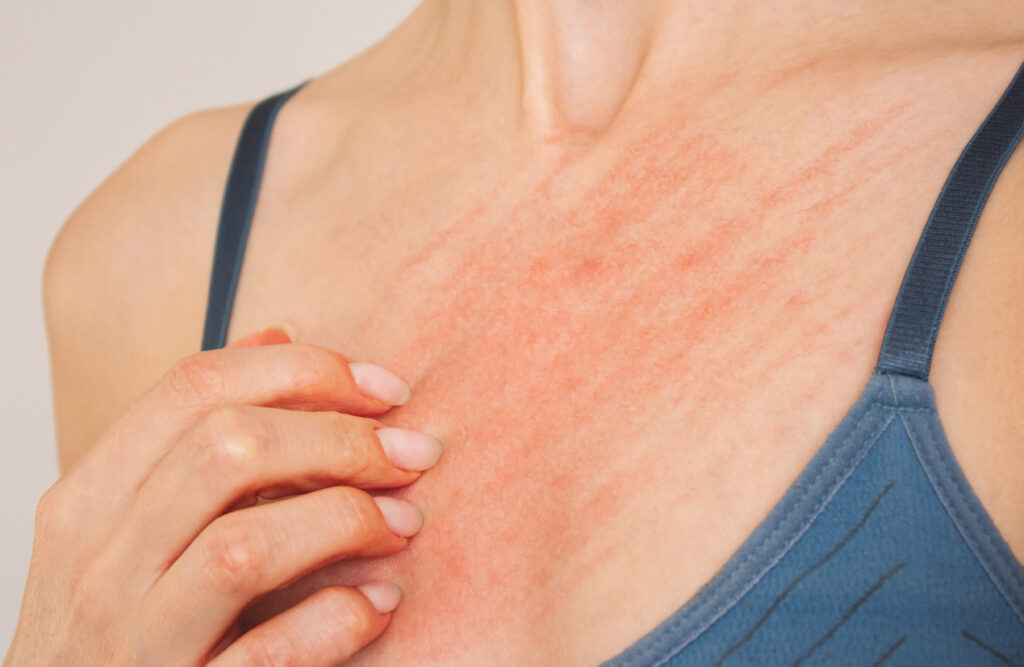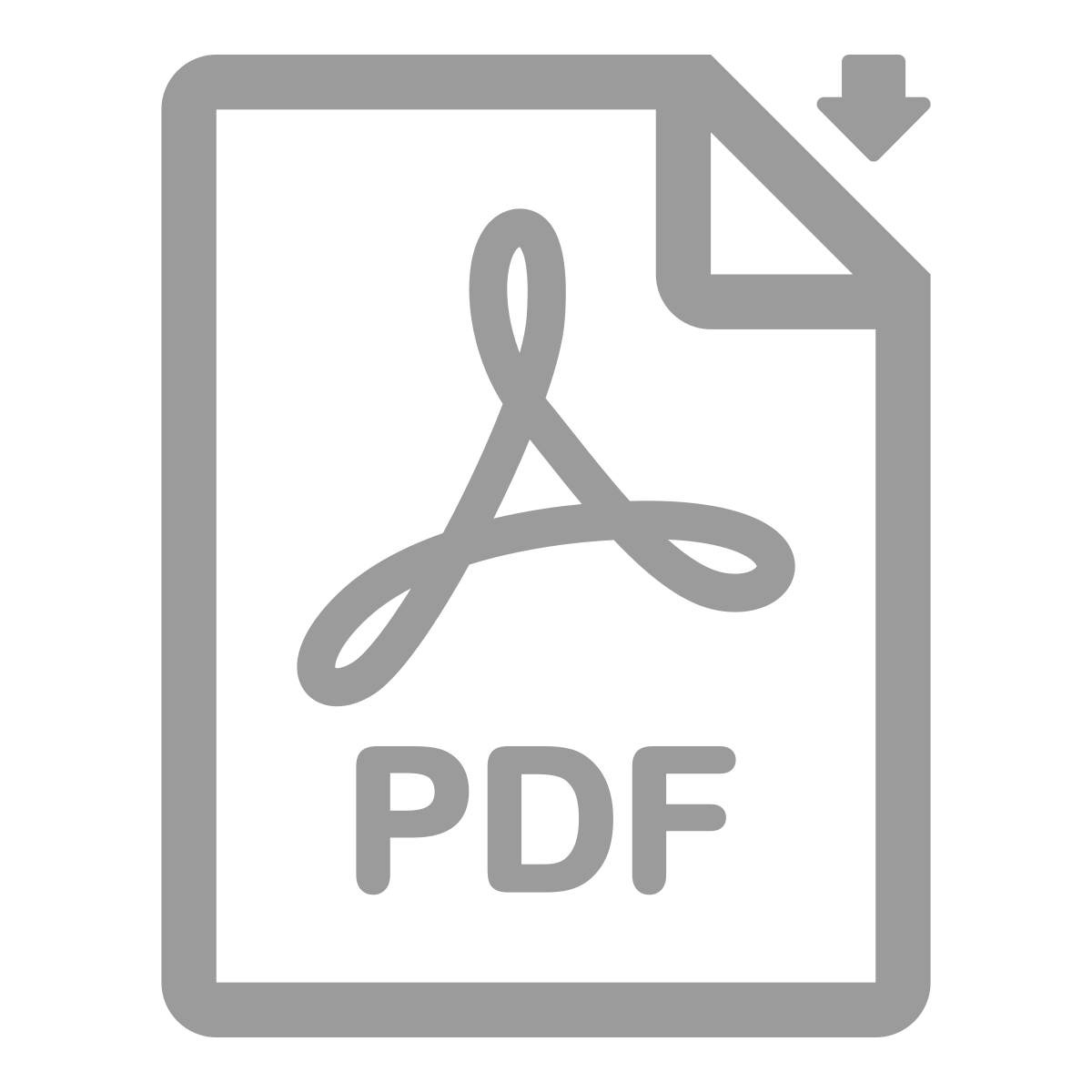Atopic dermatitis (AD), prurigo nodularis (PN), and chronic spontaneous urticaria (CSU) share a common underlying type 2 immune response, involving type 2 cytokines, immune cells, and sensory nerves, which contribute to their similar clinical features of inflammation and itch, according to a review on the topic, which was published in the International Journal of Dermatology.
“We have seen immense therapeutic innovation in the treatment of AD, PN, and chronic CSU over the past decade,” the review’s first author, Raj Chovatiya, MD, PhD, MSCI, Founder and Director of the Center for Medical Dermatology + Immunology Research in Chicago, tells The Dermatology Digest. “Targeted immunomodulatory treatments in these disease states have given us tools to help our patients while simultaneously teaching us about shared features between these inflammatory conditions that were otherwise not thought of in the same sentence, let alone research articles.”
Differentiated by Manifestations
While these three conditions are connected by their symptomatic burden such as intense itch, quality of life impairment, and the presence of cutaneous inflammation, Dr. Chovatiya continues, “they are also differentiated by the manifestations of this cutaneous inflammation [such as] lesional morphology, longitudinal course, and comorbidities.”
According to the authors, AD, PN, and CSU are unified by a dysregulated type 2 immune response that involves type 2 cytokines such as IL–4, IL–3, and IL–31 interacting with immune cells, sensory nerves, keratinocytes, fibroblasts, and other cells of the skin. “Unraveling the mechanisms of this communication and both shared and specific features of inflammation have allowed us to develop therapeutic strategies that either target these cytokines directly (i.e., monoclonal antibodies) or their downstream signaling pathways (i.e., small molecule inhibitors) and can treat patients across the spectrum of type 2 inflammatory disease,” Dr. Chovatiya says.
The authors point out that the chronic nature of these conditions leads to significant impairment in patients’ quality of life, including psychological issues like anxiety and depression, highlighting the importance of addressing both the physical and emotional aspects of these diseases in treatment. They also highlight many unresolved questions regarding the functions of various type 2 cytokines and immune cells.
For example, are there specific types of mast cell stimuli that trigger different mast cell mediators, leading to variations in itch modalities (histaminergic vs. nonhistaminergic)? Also, they ask, “What are the long-term implications of underlying systemic type 2 inflammation on human health? Could the regulation of IL–4 in Th2 polarization and/or the dual inhibition of IL-4 and IL-13 influence immune processes locally and systemically, providing a more comprehensive approach to managing type 2 inflammatory conditions?”
Important Contributor to Understanding
Jeffrey S. Dover, MD, FRCPC, Co-director of SkinCare Physicians in Chestnut Hill, MA, said the review was an important contribution to understanding how immune dysregulation can trigger inflammatory skin conditions. “Interestingly, the three diseases highlighted—AD, PN, and CSU—are all characterized by severe unremitting, life-altering itch,” Dr. Dover says. “Targeted therapies against type 2 inflammation are revolutionizing the treatment of these three conditions that until now were very difficult to treat and had tremendous impact on those who suffered from them. The new targeted biologic therapies that target IL–4 and IL–13, among others, are revolutionizing the treatment of these conditions.”
—Doug Brunk


